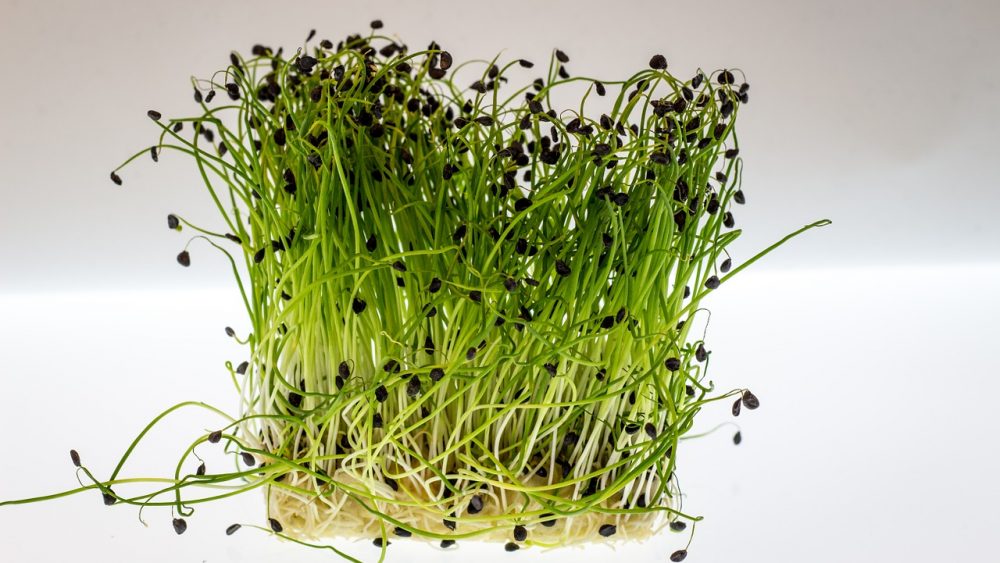
Advertisement
If you happen to be a salad lover, you’re probably familiar with watercress. These aquatic greens are easily one of the most nutritious in the plant kingdom. Watercress is a solid staple in many salads and is a great source for nutrients like carotenoids, manganese, vitamins C, E, B1, B2 and B6. This vegetable is also known for its anti-cancer properties and its ability to regulate cholesterol and blood pressure levels.
Watercress is also a popular detoxification ingredient because of its potent diuretic and cleansing properties. With these and so many more health benefits to mention, it might be wise to start growing your own watercress at home for easier access to these leafy green superfoods. This article will help you learn how to grow your own watercress step-by-step.
Growing watercress at home
Because watercress flourishes in clear, slow-moving water, many just buy it at their local supermarket than plant their own. However, cultivating watercress either through a container garden or lawn garden is generally easy.
To grow watercress in a container garden, you will need the following materials: recycled container, seed compost, a plastic tray, a plastic bottle, scissors, and watercress seeds.
- Fill the recycled container — Place holes at the base of the container and fill it with about three-quarters full of seed compost. Then, place the container onto a plastic tray and moisten the soil.
- Add the seeds — Sprinkle a few of your watercress seeds onto the compost then press them in gently. Afterward, cover the container while the seeds germinate.
- Maintain the soil’s moisture — Watercress, as the name implies, needs quite a bit of water to grow. The plastic tray should always be filled with water, preferably tap water because it contains all the essential nutrients needed for watercress to grow.
- Trim the plants — When the plants reach about six to 20 inches in height, it’s time to do a bit of trimming. This will allow the plants to regrow and become bushier.
Growing watercress in a garden
- Preparing the soil — Choose a sunny location in the garden. Dig out a furrow of about four to six inches deep and line it with composted organic matter.
- Planting the seeds — Scatter the small seeds over the prepared lawn. Optimal seed germination occurs during cool climates of around 10 to 15 degrees Celsius. The seedlings will appear in about five days.
- Keeping the soil moist — Watercress requires a lot of water to grow. Keep the soil consistently moist to facilitate growth.
- Supplementing the plants — While watercress does not normally require high nutrient levels, it is beneficial to apply complete soluble fertilizers to counter potassium, iron, and phosphorus deficiencies.
- Protecting the plants — Keep the garden area free of weeds and mulch to maintain soil moisture. Snails are especially fond of watercress and should be removed by hand. Whiteflies and spider mites are also known watercress pests. Natural predators such as thrips, predatory mites, and lady beetles can keep these pests in check.
- Harvesting the plants — Watercress can be harvested at three weeks after emergence. Trim the plants when they are about four inches in height. The clippings can last for a week when refrigerated.
By growing your own watercress, you can easily keep you and your family nourished and healthy.
Sources:
Advertisements







